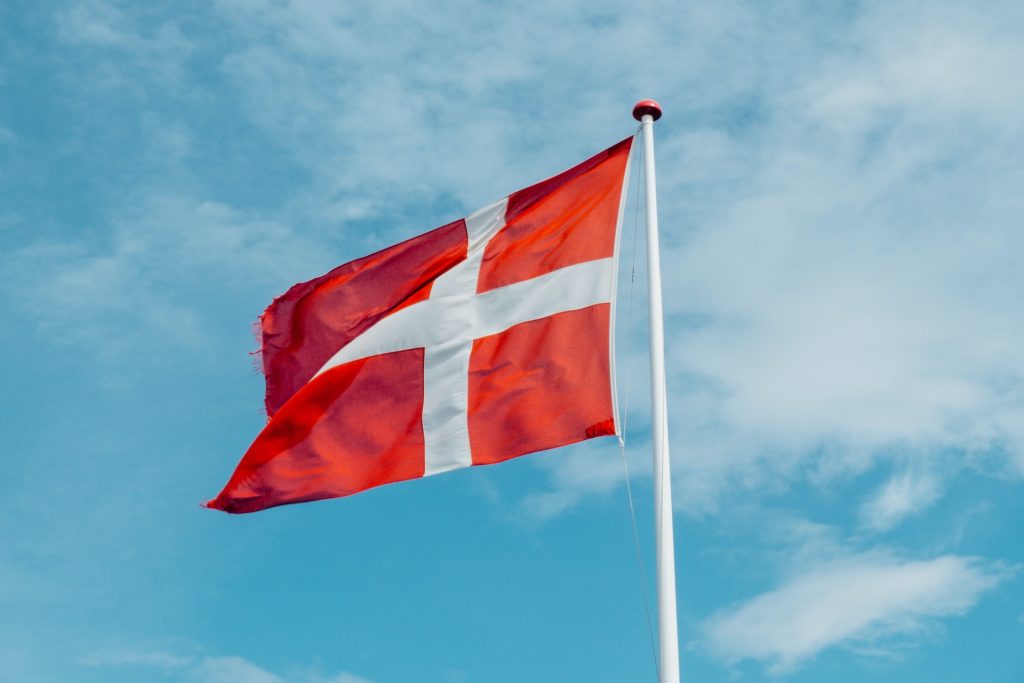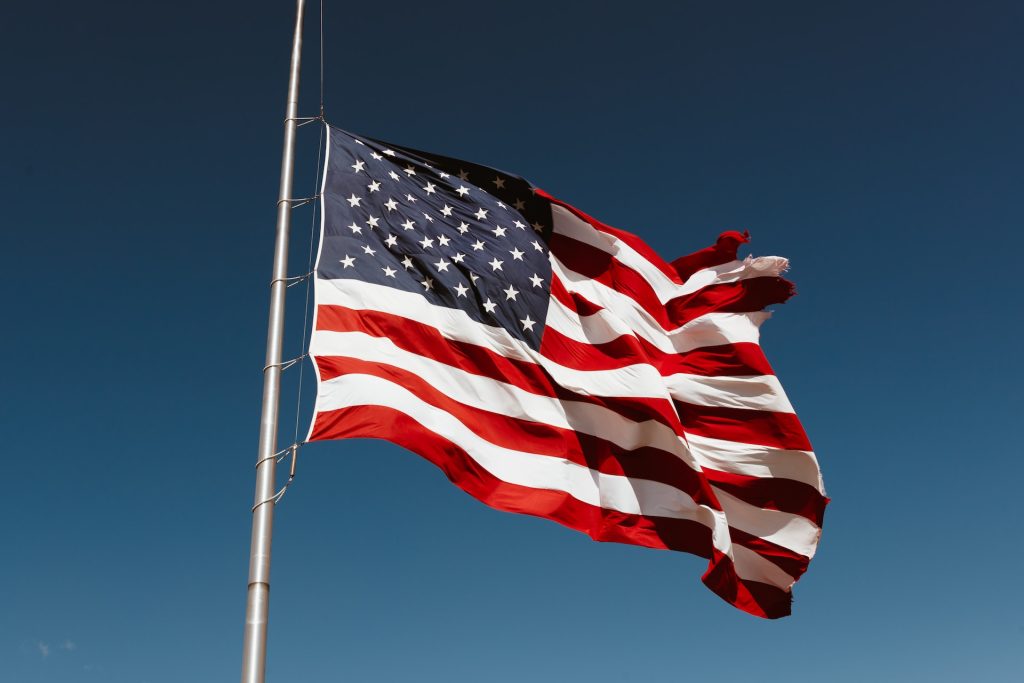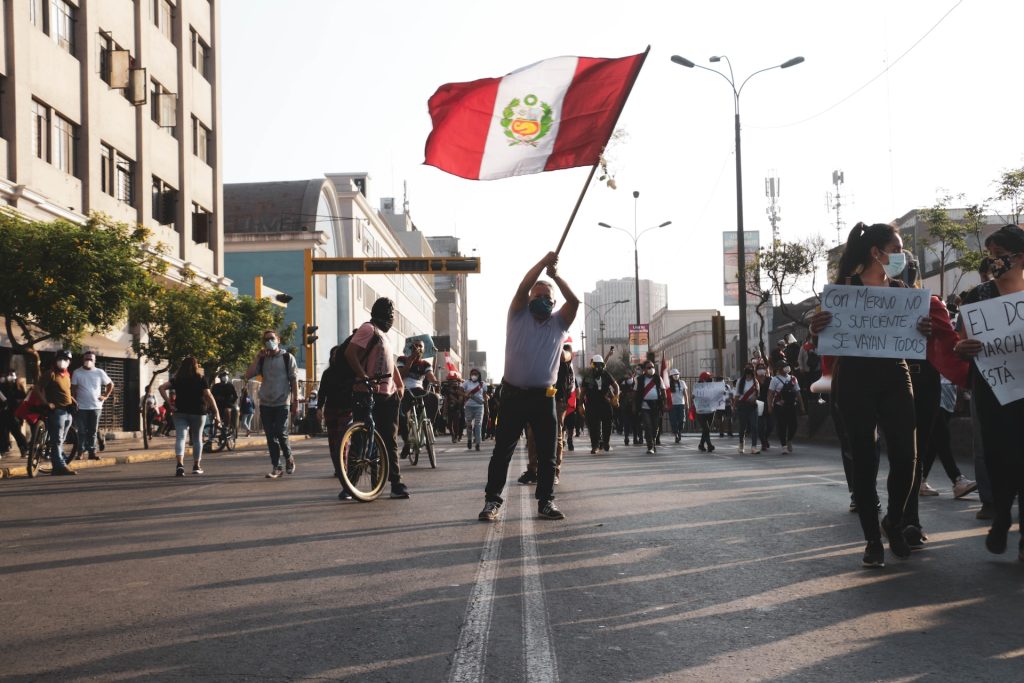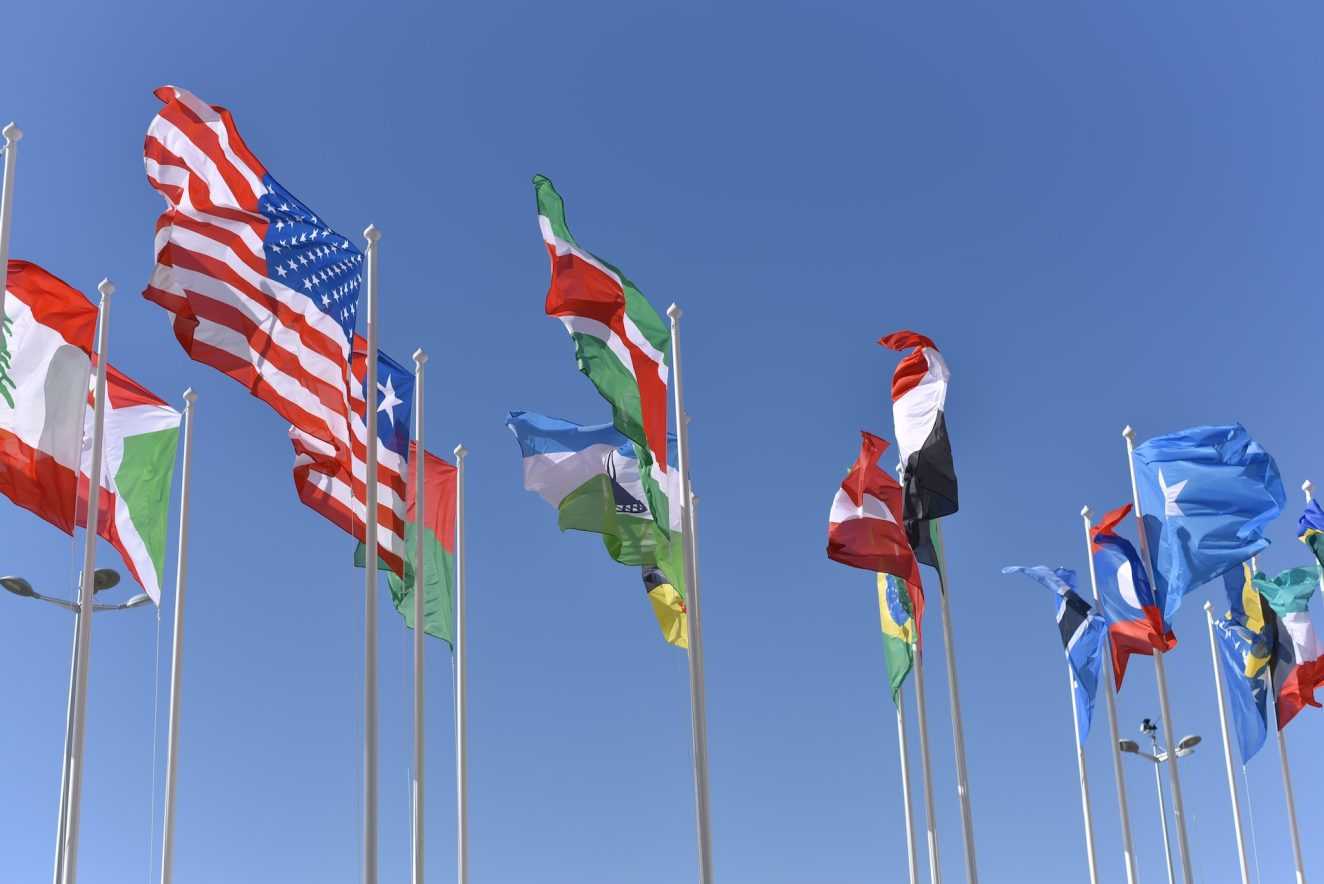Have you ever stopped to wonder about the stories behind those flags fluttering in the breeze? They’re not just random colors and designs; they’re like visual narratives, weaving together history, culture, and the spirit of nations. Let’s dive into the fascinating tales spun into the fabric of national flags, from shared origins to the diverse narratives that make each one a unique badge of pride.

Flags and Common Roots
Think of national flags like family crests – many of them share a common ancestry. The oldest European flags, still waving proudly, bear the mark of the Christian cross, a symbol rooted in the Crusades. Take the Union Jack of Britain, for example. It’s like a family reunion of the Crosses of St. George (England), St. Andrew (Scotland), and St. Patrick (Ireland), all hanging out together. This “flag family” extends its reach to other European nations like Norway, Sweden, Finland, Denmark, Greece, and Switzerland, sharing stories of tradition and geography.
Royalty, Heraldry, and Flag Influence
Back in the medieval days, royalty in Europe were all about heraldry, and their coats of arms had a say in the design of flags. While the medieval symbols might not be as visible today, the colors from those coats of arms stuck around. Poland, Belgium, Germany, Spain, Hungary, Luxembourg, and Monaco proudly wear the hues of their heraldic origins. Austria, San Marino, and Liechtenstein go even further, displaying the actual heraldic devices on their flags.
Stripes, Stories, and the Fight for Freedom
Let’s talk stripes – the Netherlands’ red-white-blue flag is like a superhero trio, especially after its long battle for independence from Spain. Those three colors became the embodiment of liberty and republicanism. France liked the idea so much that they adopted the same colors but with vertical stripes during the French Revolution. Across the pond, the United States decided to rock the red, white, and blue for the Stars and Stripes, a nod to its British roots. This sparked a trend in Europe and the Americas, with many countries rocking tricolored flags expressing liberty, equality, and fraternity.

Revolutionary Reds
Communism brought a wave of red flags, symbolizing revolution for those in the know. The Soviet Union flaunted a red flag with a yellow hammer and sickle, shouting out its communist vibes. China, following the lead, also went for a bold red flag, showcasing its revolutionary identity.
Middle Eastern Hues
In the Middle East, where Islam takes center stage, flag colors are steeped in tradition. The Muslim color palette of red, white, green, and black dominates, with many Arab states going for tricolor formats. You’ll even spot the star and crescent, symbolizing Islam, on the flags of Turkey, Algeria, and Tunisia. Beyond the Arab world, Pakistan and Malaysia also nod to their Islamic faith with the star and crescent.
Late 20th-Century African Flags
Picture this – most sub-Saharan African flags were born in the late ’50s and ’60s, and they’ve got a family resemblance. Split into two squads – British Commonwealth and former French colonies – these flags tell tales of post-colonial identity. French-influenced flags often sport vertical tricolors in green-yellow-red, while Commonwealth flags are all about horizontal tricolors with a mix of colors like green, blue, black, and white.
Asia’s Kaleidoscope of Symbols
Asia, with its rich history predating European colonization, is a canvas of distinctive national symbols. Whether it’s the Sun (Japan, Nepal, Taiwan), a wheel (India), yin-yang (South Korea, Mongolia), a dragon (Bhutan), or a sword (Sri Lanka), each flag is like a visual story against a solid color backdrop. Australia and New Zealand, once British colonies, have their spin on the blue ensign.
Identity in the Western Hemisphere
Oh, Canada! The iconic maple leaf is like its personal trademark. Central American countries, once united in political harmony, still rock the old blue-white-blue Central American flag, each putting its unique spin on it. South American pals like Venezuela, Colombia, and Ecuador even share tricolor flags, proving that history ties them together.
Flags as Cultural Expressions
Since World War II, flags have become more than just practical symbols. They’re like artifacts telling tales of cultures, histories, and identities. Enter vexillology – the scholarly study of flags – where political scientists, historians, and sociologists explore everything from history and symbolism to etiquette and design. Organizations like the International Federation of Vexillological Associations dive deep into these colorful emblems.

In this colorful journey through flags, every color, symbol, and design tells a story of a nation’s journey. From medieval battlegrounds to revolutionary fervor and the kaleidoscope of modern identity, flags stand tall as dynamic expressions of who we are and where we’ve been. Next time you look up and see those flags dancing in the wind, remember – they’re not just colors; they’re the stories of people, communities, and the shared human experience.





